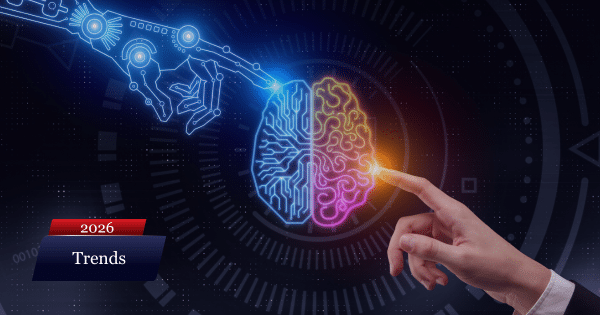
VENDORiQ: Adobe’s Big Wager – Why $1.9B for Semrush is the New Black for Enterprise Marketing
Adobe’s $1.9bn Semrush acquisition integrates SEO and GEO into the creative workflow, ensuring brands remain visible in AI-driven search results.

Adobe’s $1.9bn Semrush acquisition integrates SEO and GEO into the creative workflow, ensuring brands remain visible in AI-driven search results.

Adobe and Microsoft are integrating AI agents to streamline marketing workflows, signaling a shift toward cross-platform interoperability for enterprise productivity.

Adobe’s ChatGPT integration shifts design from expert software to conversational workflows, enabling staff to scale brand-compliant assets via natural language.

Navigating 2025 required balancing accelerating AI, rigorous governance, and cost control to translate market hype into actionable executive strategy. Our full access report on the year that was.

In a recent analysis by TechPartner.News, IBRS future of work advisor Dr Joseph Sweeney provides critical context to the current debate on AI adoption in Australia

2025 showed real value comes from mastering business basics, cost control, and owning your data strategy.

Google’s new Model Context Protocol (MCP) servers fundamentally enable structured AI orchestration at the cloud infrastructure layer, accelerating predictable, governable automation for enterprises.

Most annual trend predictions are little more than marketing disguised as foresight. Market modelling designed to drive consumption rather than economic modelling designed to drive value.

Gemini 3 boosts reasoning capabilities but costs soar. Adopt a mixed-model strategy, reserving it for complex tasks to manage spend.